Consumer Funnel
Consumer Funnel Table of Contents
- Consumer Funnel
- The Stages Of Funnel
- Awareness
- Interest
- Consideration
- Intent
- Evaluation
- Purchase
- The Customer Experience Funnel
- Repeat
- Loyalty
- Referral
- Advocacy
- Bonus: Four Basic Types Of Activities To Address New Realities Of Consumer Funnel
- Overview of Consumer Funnel
- Best Ecommerce Solution by Rating
- Best Ecommerce Solution by Price
- Best Ecommerce Solution by Rated Features
- Check Your Ecommerce Solution Offers Round The Clock Support
- Make Sure Your Ecommerce Solution Offers The Features You Need
- Best Ecommerce Software Solution Verdict
- Ecommerce Software Frequently Asked Questions
- What is the best Ecommerce Solution?
- What is the cheapest Ecommerce Solution?
- Is there a free Ecommerce Solution?
- View all of the top Ecommerce Software Solutions
- Ecommerce Alternatives
- Ecommerce VS Side by Side Comparisons
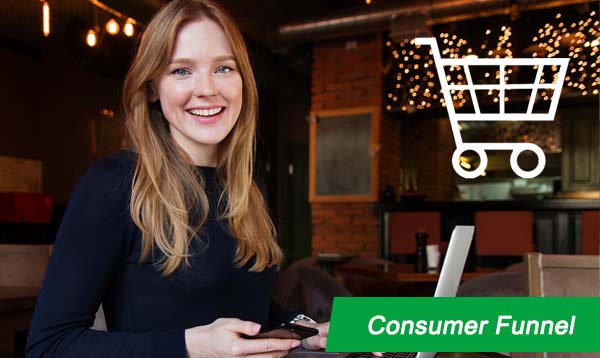
Consumer Funnel
The goal of marketing is to reach consumers at those moments (touchpoints), which most influence their decisions. According to the traditional approach of marketing, before making a purchase, consumers pass through a funnel. The starting point is the wide end of the funnel, where the consumers think about a list of brands they may buy from. Then they methodically reduce the number of brands, which is when the marketing is directed at them. Finally, consumers come up with a single brand they choose to buy.
The Stages Of Funnel
Awareness
The first stage of the funnel is increasing awareness of your potential customers. Customers are drawn here through different marketing campaigns. In this stage, companies implement lead generation and collect information about potential customers, which are pulled into a lead management system for nurturing down the funnel.
Interest
In this stage, marketers have to attract the attention of potential customers to their company and its products. This step also allows companies to develop a relationship with the people in their leads database.
Consideration
In this stage, leads change into marketing qualified leads, and there is more probability of becoming prospective customers. Here marketing specialists can send prospects more information about products and offers by using personalised emails. They continue to nurture the prospective clients with targeted content, case studies, free trials, and so on.
Intent
Here, your potential clients show interest in your product or service. You can see this when they fill in a form or when a product is placed in the shopping cart on an e-commerce site.
Evaluation
This is when buyers make a final decision about buying your product or service. Marketing specialists and sales departments usually have to direct their resources to this process and pursue the potential customer to choose their product.
Purchase
In this stage, a prospect buys your product and becomes a customer. It is crucial now to ensure that your customer will have a positive experience. This experience will lead to recommendations to other potential buyers and fuel the top of the marketing funnel for the next cycle.
It is worth mentioning that today some experts argue that marketers need more sophisticated approaches because today's buyers and processes are more complicated. The key buying factors result from several choices and digital channels.
The Customer Experience Funnel
These days, it is common to flip the funnel into a customer experience funnel. The most critical stages of a customer experience funnel are:
Repeat
After a customer has made a purchase, the process does not stop. Now it is time to make him a repeat customer. It is done by improving retention and ensuring customers make more and bigger purchase transactions.
Loyalty
In this stage, customers make a preference for a brand. The key here is engagement through community development and outreach.
Referral
This is a critical stage, which will allow you to increase your customers base. If you have gained loyal customers, they are more likely to recommend your products to others.
Advocacy
Advocacy is the ultimate phase you can reach with your customers. In this stage, your customers will write product reviews, make posts about your products and so on. It is important here to make it easy for consumers to encourage others to buy your products. Efficient ways to do that are putting a share button in visible places, creating an affiliate program, sending small gifts or very cheap offers to your customer, etc. Remind your customers why you are the best brand and keep exceeding their expectations.
Bonus: Four Basic Types Of Activities To Address New Realities Of Consumer Funnel
- Prioritise Objectives And Spending: Contrary to the traditional approach, new researchers advise marketers to be more specific about the touchpoints to influence customers as they move through the entire funnel. If you look only to the front and back ends of the funnel, you may miss several good opportunities to engage customers.
- Tailored Messaging: you should replace the general messaging system with another, more focused on specific issues you may discover in the different stages of the consumer funnel.
- Investing In Consumer-Driven Marketing: today, the centre of marketing is the internet. You should try to use all the opportunities of the internet to reach success.
- Win The In-Store Battle: Research shows that many customers make a final purchase decision in a store. Therefore, it is essential to pay attention to visual things at your store, such as packaging, shelf position, etc. Keep in mind that if you win the in-store battle, you will have more chances to win online, too.
Scroll down to read our indepth Ecommerce Platforms guide. What you should know, Ecommerce Platforms features, price plans and support. Pros and Cons of Ecommerce Platforms as a ecommerce, everything is explained below.
Overview of Consumer Funnel
Shopify is a software company that specialises in ecommerce software for small to enterprise level businesses.
Shopify is listed as the best ecommerce software related to Ecommerce Platforms. Shopify was founded in 2006 in Ottawa, Canada and currently has over 6,124 employees registered on Linkedin.
Best ECOMMERCE Solution By Rating
Get our stories delivered
From us to your inbox weekly.
 Shopify
Shopify
 Shopify Plus
Shopify Plus
 Volusion
Volusion
 WooCommerce
WooCommerce
 3dcart
3dcart
 Big Cartel
Big Cartel
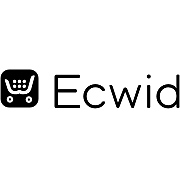 Ecwid
Ecwid
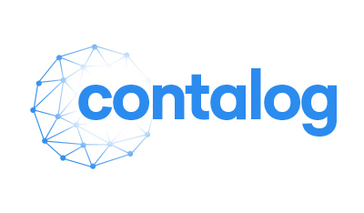 Contalog
Contalog
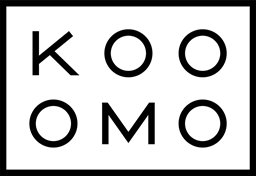 Kooomo
Kooomo
 Ecomchain
Ecomchain
 Trusted Shops
Trusted Shops
 PayMotion
PayMotion
 PayKickstart
PayKickstart
 Upclick
Upclick
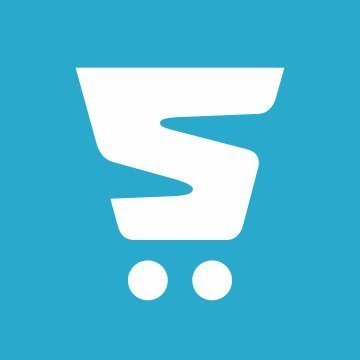 Storbie
Storbie
 Nexternal eCommerce Platform
Nexternal eCommerce Platform
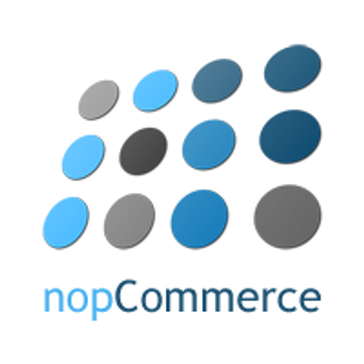 nopCommerce
nopCommerce
 Virto Commerce
Virto Commerce
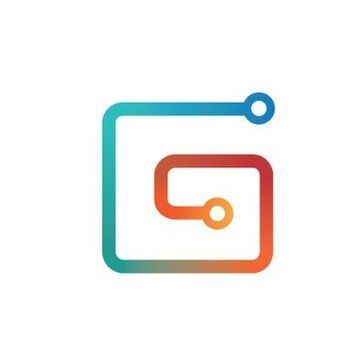 Gumroad
Gumroad
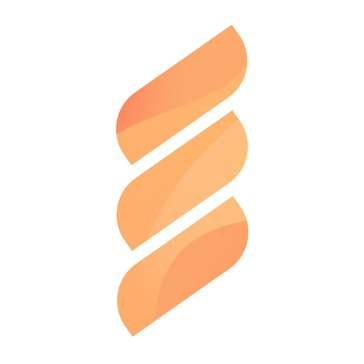 FastSpring
FastSpring